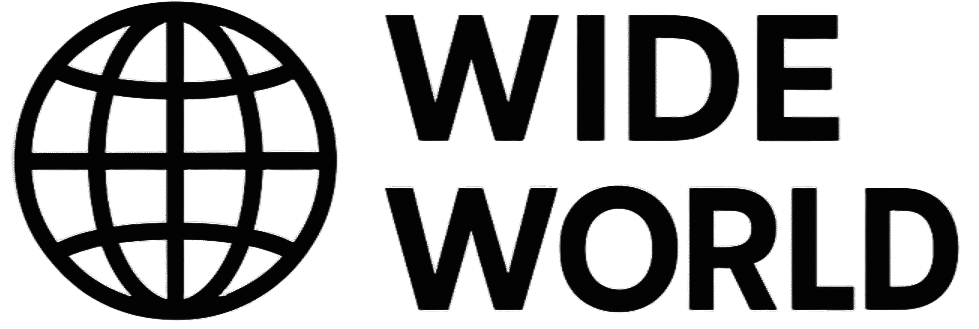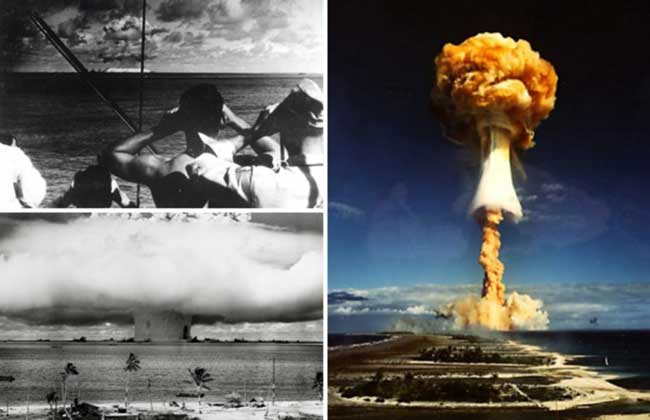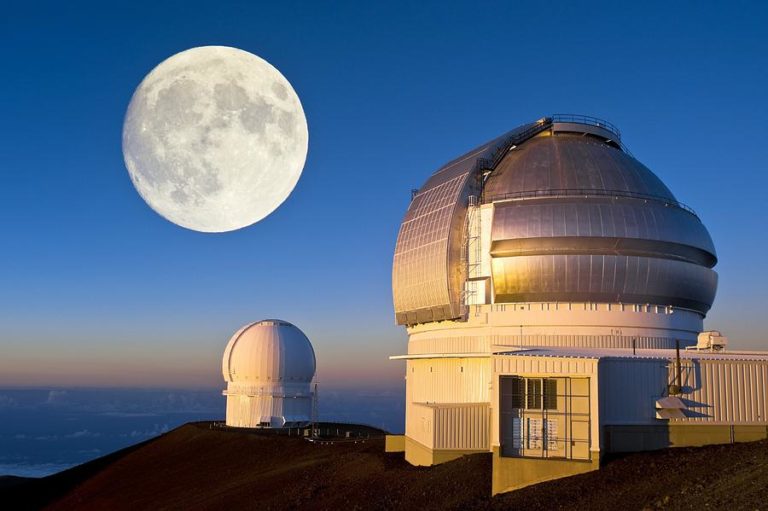15 of the Biggest Nuclear Tests in History
Nuclear weapons changed the world the moment scientists proved they worked. From the first tremor in the New Mexico desert to astronomical blasts over the Arctic and experiments in the deep ocean, nuclear tests have left an imprint on politics, science and the human imagination. Learning the history of these explosions doesn’t glorify them — it helps us understand the scope of what humanity created and why restraint matters.
Below are fifteen of the most notable—and often chilling—nuclear tests in history.
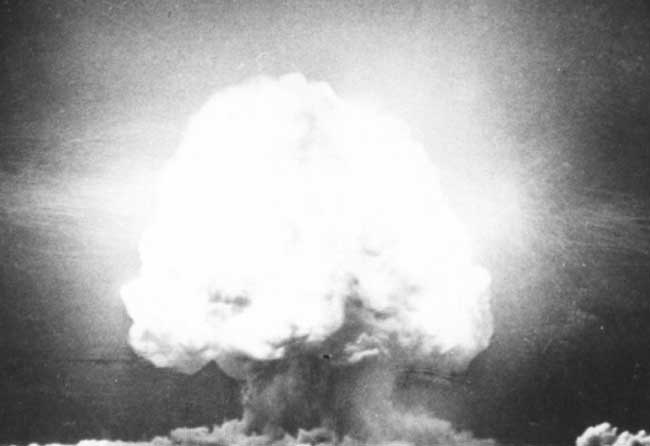
Alamogordo — the first atomic blast (Trinity)
On July 16, 1945, decades of secret research culminated in a single flash over the New Mexico desert. The test code-named “Trinity” produced a mushroom cloud that climbed roughly 12 kilometers and delivered a blast equivalent to about 20 kilotons of TNT. It was proof that the atomic bomb worked — and less than a month later the same technology was used in wartime against cities. The Trinity test marked the birth of the nuclear age.
Ivy Mike — the first hydrogen bomb
Ivy Mike, detonated on November 1, 1952, was the first full-scale thermonuclear device. It was massive — essentially a building-sized apparatus — and its yield was measured in megatons: roughly ten million tons of TNT. The test demonstrated a destructive potential that dwarfed the fission bombs of World War II and ushered in a new chapter of strategic thinking and fear.

M65 — the “atomic cannon” test
The M65 was an enormous artillery piece designed to fire a nuclear projectile. In tests during the early 1950s, a W9 warhead was fired from this “atomic cannon.” The idea of delivering nuclear force by artillery highlighted how many delivery concepts were explored during the early Cold War—even those that now seem surreal.

RDS-1 — the Soviet Union enters the nuclear club
On August 29, 1949, the Soviet Union detonated RDS-1, bringing an end to the United States’ brief monopoly on nuclear arms. The device closely resembled the “Fat Man” design used in 1945. Its sudden appearance shocked Western analysts and accelerated the global arms race.

Joe-4 — the Soviets test thermonuclear concepts
Less than a year after the U.S. tested Ivy Mike, the Soviets detonated Joe-4 on August 12, 1953. Joe-4 combined fission and fusion processes and produced a yield measured in hundreds of kilotons. It marked the USSR’s rapid move into thermonuclear weaponry, even if early devices were not as sophisticated as later designs.

“Smiling Buddha” — India’s first test
On May 18, 1974, India conducted its first successful nuclear test, code-named “Smiling Buddha.” Underground and shrouded in secrecy, the test announced India’s entry into the nuclear sphere and reshaped regional security dynamics, particularly with neighboring Pakistan.
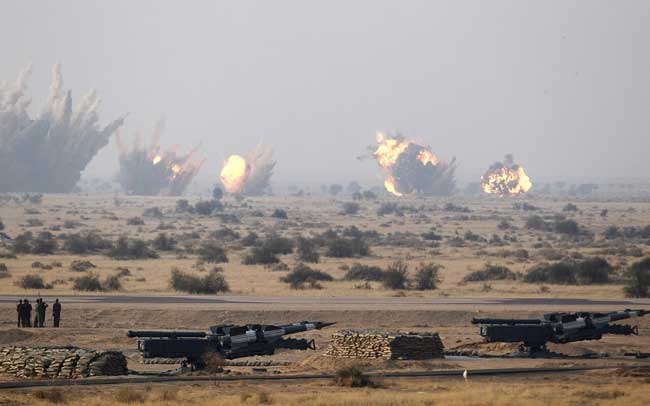
Chagai-I — Pakistan’s multiple detonations
Pakistan’s response to regional developments culminated in a dramatic series of detonations on May 28, 1998. Instead of a single blast, Pakistan conducted multiple simultaneous underground tests, demonstrating its ability to field several warheads and matching, in a new way, the nuclear capability of its rival.
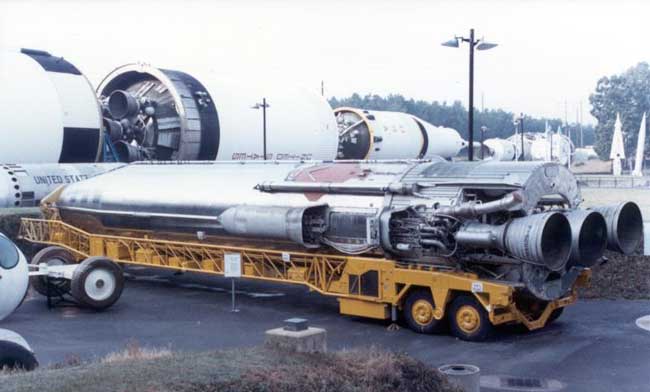
W-49 on the SM-65 Atlas — warhead meets ICBM
The W-49 thermonuclear warhead, tested at yields above a megaton, became part of the SM-65 Atlas intercontinental ballistic missile system. Pairing powerful warheads with long-range missiles changed strategic calculations: once deliverable anywhere on the globe, nuclear weapons had a new, chilling reach.
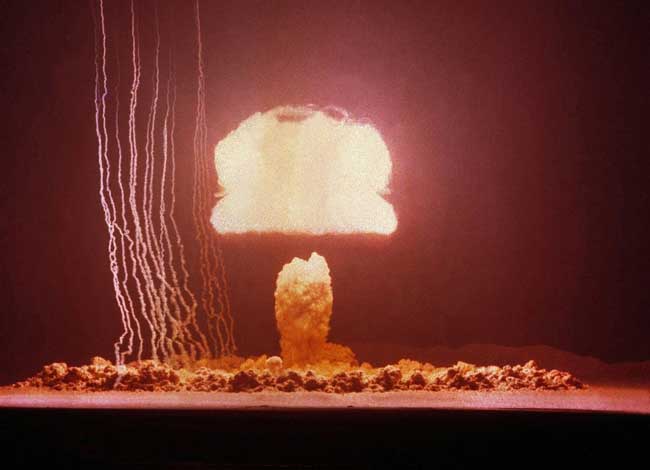
Yucca — a high-altitude detonation
On April 28, 1958, a nuclear device code-named Yucca was detonated at an extreme altitude after being carried aloft by a massive helium balloon. High-altitude tests like Yucca were not primarily about blast damage to the ground but about understanding how nuclear detonations affect the atmosphere and electrical systems — and they raised new concerns about electromagnetic effects on cities and infrastructure.

596 — China’s first test
China joined the list of nuclear powers in October 1964 with its first explosive test, known by the shorthand “596.” The test demonstrated Beijing’s entry into the strategic balance of the Cold War era and was followed three years later by Chinese thermonuclear testing, making the region’s strategic math more complex.
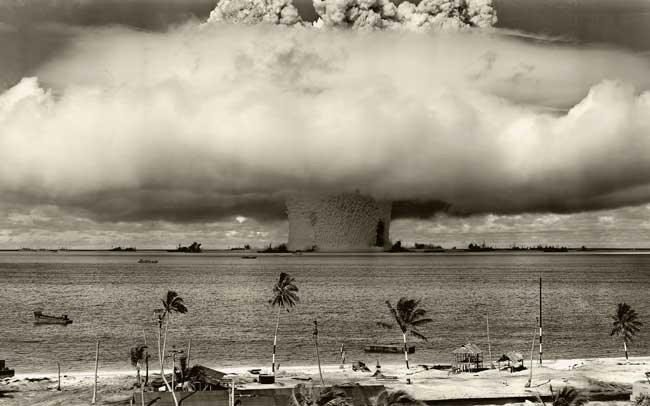
Crossroads — underwater and aerial tests at Bikini Atoll
In July 1946 the U.S. conducted the Crossroads series at Bikini Atoll. One device was dropped from the air; another was detonated underwater, roughly 27 meters below the surface. The underwater blast was especially destructive to ships used as targets and it left long-term radioactive contamination in the lagoon and surrounding environment—an early and grim lesson in how nuclear tests damage ecosystems.

North Korea’s 2006 test — a new entrant
On October 9, 2006, North Korea carried out an underground nuclear detonation that was later confirmed by the detection of radioactive signatures. The test announced Pyongyang’s entry into the nuclear arena and triggered international condemnation, sanctions, and renewed diplomatic efforts. It also illustrated that nuclear proliferation remained a live issue in the 21st century.

Starfish Prime — a blast in space
Starfish Prime, detonated in July 1962 at an altitude of about 402 kilometers, was a high-altitude nuclear test that briefly lit the night sky and disrupted satellites and radio systems. It demonstrated the power of radioactive and electromagnetic effects in near-Earth space and served as a stark reminder that nuclear explosions could be weaponized beyond the atmosphere.
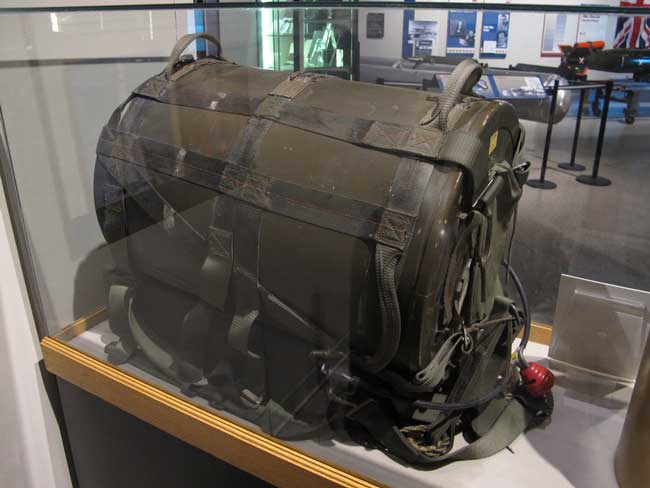
SADM — the “suitcase bomb” program
Small, man-portable nuclear devices have long featured in Cold War-era planning. The Special Atomic Demolition Munition (SADM) was a compact nuclear charge, fitted into a small transportable package. Though yields were relatively limited compared with larger weapons, the concept raised profound ethical and security concerns about portability and potential misuse.
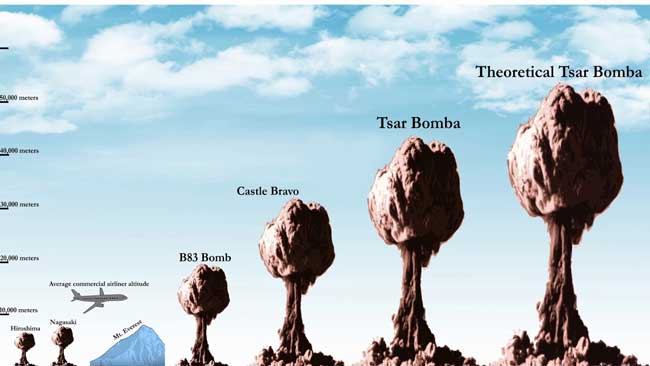
Tsar Bomba — the largest explosion ever
On October 31, 1961, the Soviet Union detonated the RDS-220, known in the West as the “Tsar Bomba.” It remains the largest weapon ever tested, with estimates of yield in the tens of megatons—orders of magnitude greater than the bombs used in 1945. The blast’s scale was unprecedented and its effects visible for hundreds of kilometers. Tsar Bomba stands as a symbol of how far destructive capability could be pushed—and why international limits and treaties later became so important.
Remembering the costs
These tests span the first decades of nuclear development and the murky politics of the Cold War and beyond. Each experiment delivered scientific data, but they also left human, environmental and geopolitical consequences. Studying them helps us remember the scale of what was created and why the global community has, over time, sought to limit nuclear testing and proliferation.
